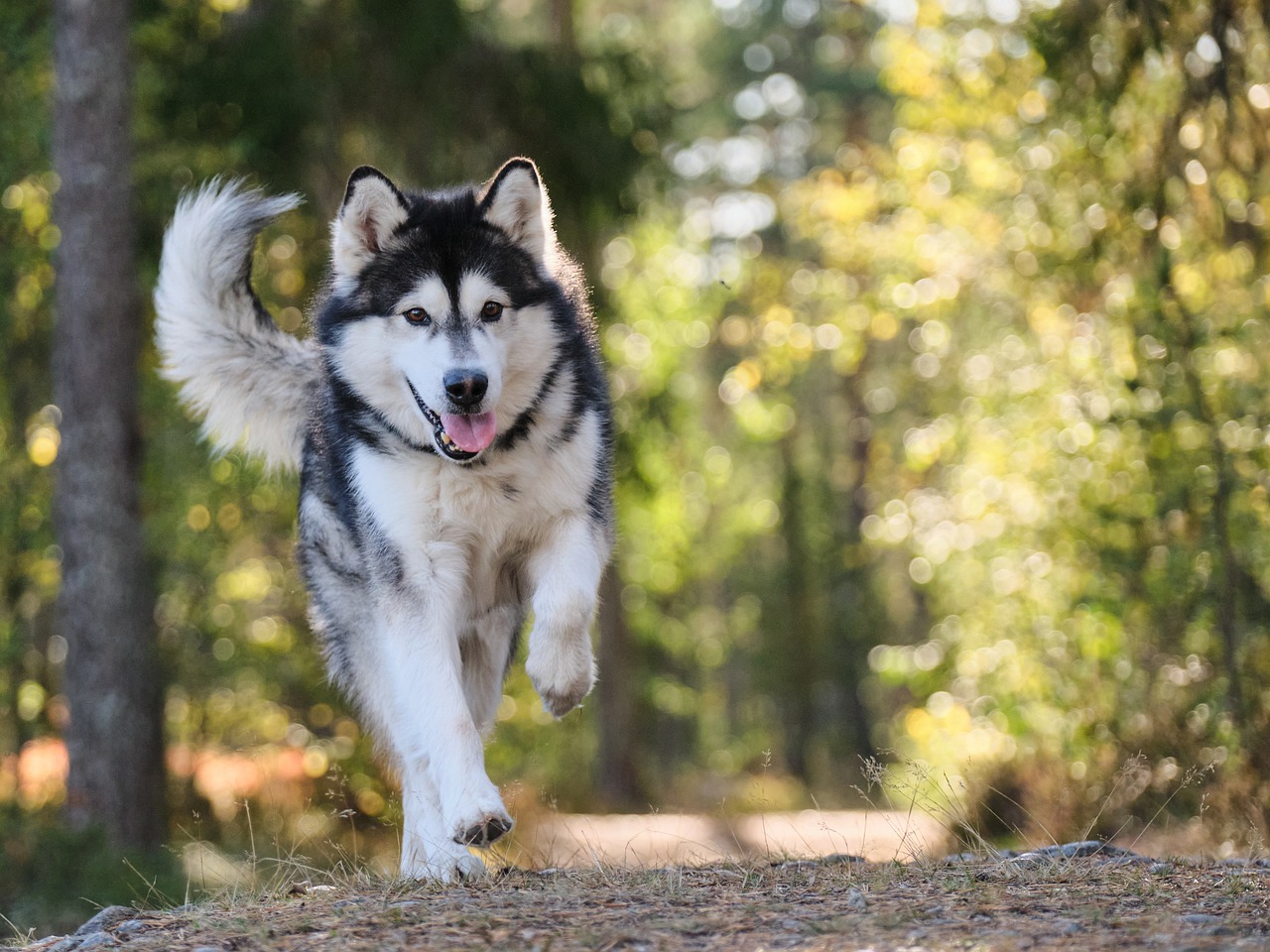Does your dog pull ahead on walks and beg for the ability to run without the restriction of a leash? If your dog only experiences the outside world during daily walks, they naturally want to explore without their slow, two-legged human slowing them down. Some dog owners go to the extreme and let their dogs off-leash, exploring the neighborhood on their own terms. But, for a variety of reasons, this isn’t the best idea. Even on your own property, an off-leash dog can introduce risks to itself and those around it. Today, we will look at the optimal way to provide freedom to your dog while still limiting harm to everyone involved.

Off-Leashing Dogs on Your Property
The idea of allowing your dog to roam freely off-leash can be tempting. It offers them the freedom to explore, exercise, and enjoy their environment without the constraints of a leash. However, this perceived freedom comes with several potential dangers that can jeopardize the safety of all involved – your dog, other dogs in the neighborhood, and their owners.
Firstly, even the most well-behaved dogs can be unpredictable. A sudden noise, an intriguing scent, or the sight of a passing animal can tempt them to run off. This puts your dog at risk of getting lost, encountering traffic, aggressive animals, or other hazards. You may think your dog knows the neighborhood and would never get lost, but every owner who loses their furry friend likely thought the same.
Since we live in Florida, you should always remember that encounters with snakes, raccoons, or even alligators are not uncommon. An off-leash dog may inadvertently provoke these animals, with smaller dogs at much greater risk of harm. Additionally, if a stranger or a neighbor’s pet enters your yard, an unsupervised off-leash dog might react aggressively, leading to possible conflicts with local cats and other animals.
Even if you can mitigate these concerns, dogs thrive on routine and structure and may not always like being exposed to the elements without their owner to watch their back. Without clear boundaries, they may develop anxiety or become overprotective of their territory, leading to unwanted behaviors such as excessive barking or aggression.
Ultimately, while the idea of an off-leash dog is appealing, the risks often outweigh the benefits. Luckily, there is a middle ground between keeping your dog cooped up in the house and giving them free rein to roam outside.
A Safe and Secure Yard is Often the Best Option
Dogs off leash outside can still face dangers, but most of them are mitigated if your dog is kept in a stimulating and secure environment, such as a backyard or fenced-off area of your property.
Physical Fences: The Gold Standard for Off-Leash Protection
Physical fences are one of the most reliable methods to keep your dog contained. Depending on your needs and budget, there are several types to consider:
Wood Fences: Provide privacy and a solid barrier. You can easily customize wood fences to fit the aesthetic of your yard, and they are relatively cheap to maintain.
Chain-Link Fences: Durable and affordable, though they offer less privacy.
Vinyl Fences: Low-maintenance and aesthetically pleasing but can be more expensive.
Each type of fence has its pros and cons, but they all serve the primary purpose of keeping your dog safely within the yard boundaries.
Natural barriers, such as hedges or dense shrubbery, are an effective and visually appealing way to contain your dog. While not as secure as physical fences, they can complement other containment methods and enhance the overall look of your yard. In most cases, we recommend using physical fences to keep your dog in your yard, tossing in natural barriers where it makes sense, such as along tight fits on the side of your house. Some dogs naturally dig and climb through foliage, making this not a great option for all situations.
Creating a Safe and Stimulating Off-Leash Environment
Bored dogs without an outlet for their energy are likelier to try to escape or get into trouble. Make your yard a fun and engaging place for your dog by:
- Providing interactive toys that stimulate their mind and keep them occupied.
- Setting up agility equipment and obstacle courses to give them physical and mental exercise.
- Checking the yard regularly for hazards, such as loose fencing, toxic plants, or sharp objects, and remove them promptly.
With a solid fence line, natural improvements, and ways to keep your dog entertained, you can feel confident letting them explore the outside world at their own pace. A well-behaved dog is less likely to look for ways to escape or whine when they want to go outside at inopportune times. If you are looking to train your dog further and turn them into a well-behaved pup who follows the rules, contact Gulf Coast K9 Dog Training today to learn how our training programs can help.




